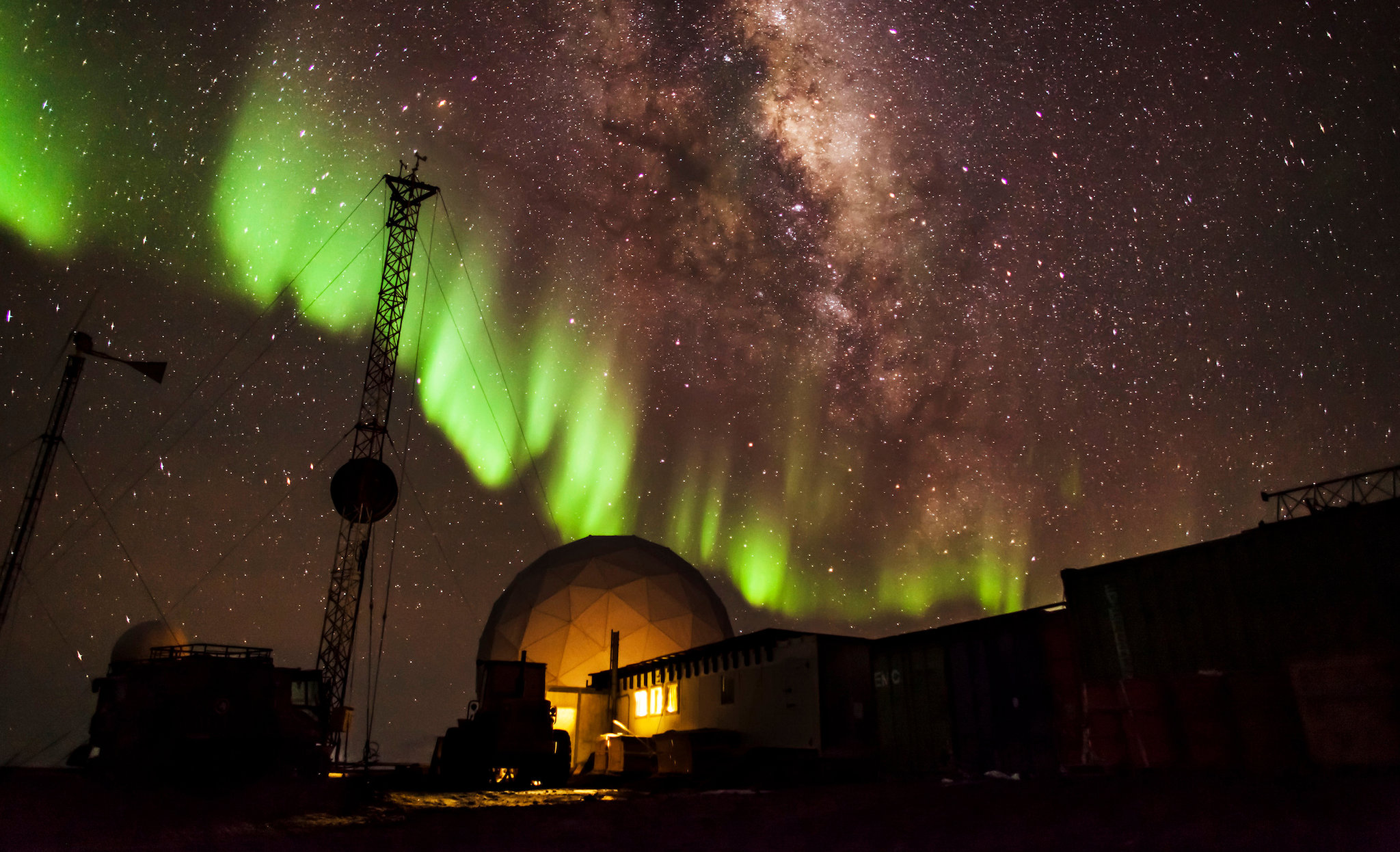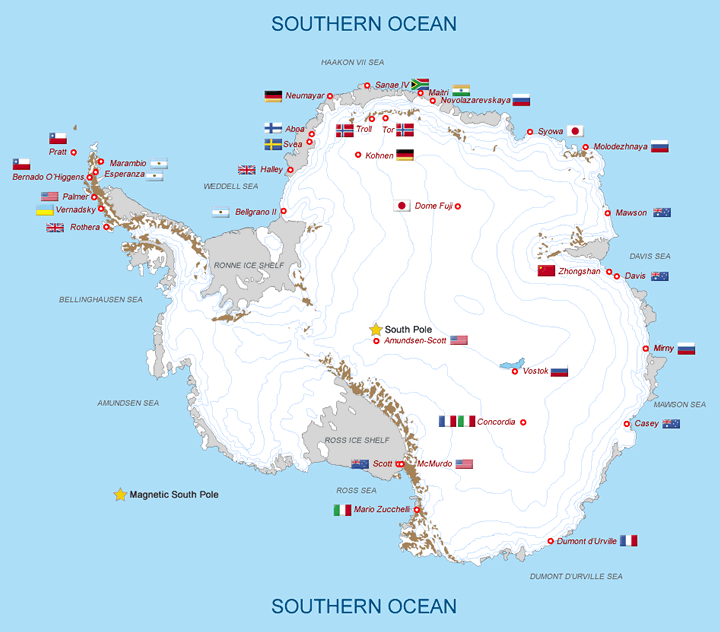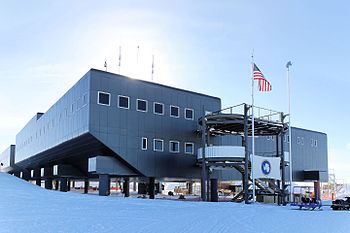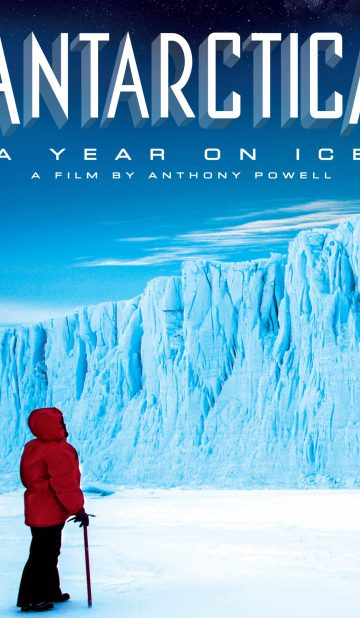The Reel Review
Have you ever wondered what it would be like to spend an entire year living and working in Antarctica? This documentary from New Zealand writer/director Anthony Powell, filmed over 10 years, reveals just that, combining time-lapse photography and interviews with the continent’s temporary residents during the brutal four-month-long polar winter of total darkness.

The time-lapse photography is truly impressive, with incredible visuals of the southern lights, majestic white peaks and gravel-strewn valleys that resemble the terrain on Mars. And yes, there are penguins and seals – although this film de-glamorizes them with a more realistic, unDisneyfied portrait. (That smell.) Also remarkable – an up close look at the major storms that pummel the few dozen bases weekly with hurricane force winds and snow that creeps into living quarters. Powell also explores the psychological effects of the polar winter, the period of total darkness from mid-April to mid-August and polar T3 syndrome, a drop in the thyroid hormone triiodothyronine, which causes forgetfulness and cognitive impairment.
The latter half of the documentary drags with monotonous interviews and a little too much time-lapse photography (Powell clearly loves it and uses it EVERYWHERE), but his film still does an excellent job of portraying life at McMurdo Station, and the finale, with everyone talking about their food fantasies after being isolated for so long, is fun.
REEL FACTS
• The eight second long time-lapse sequence showing the ice pressure ridges changing shape on Antarctica took five months to capture on film.

• During Antarctica’s summer months, which last from October to February, about 4000 people from 42 countries live on bases throughout Antarctica, the largest being the USA’s McMurdo Station, which houses 1200 people. During the harsh winter, the total population of Antarctica is below 700 (250 of them at McMurdo).

• The United States also mans the southernmost station, the Amundsen-Scott South Pole Station, with 200 people in summer and 50 people during the winter.



